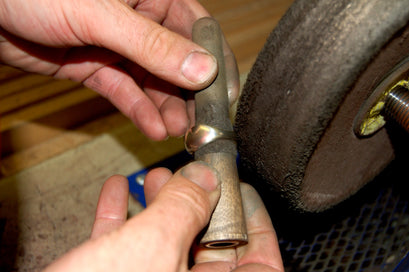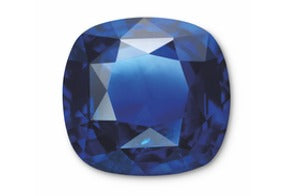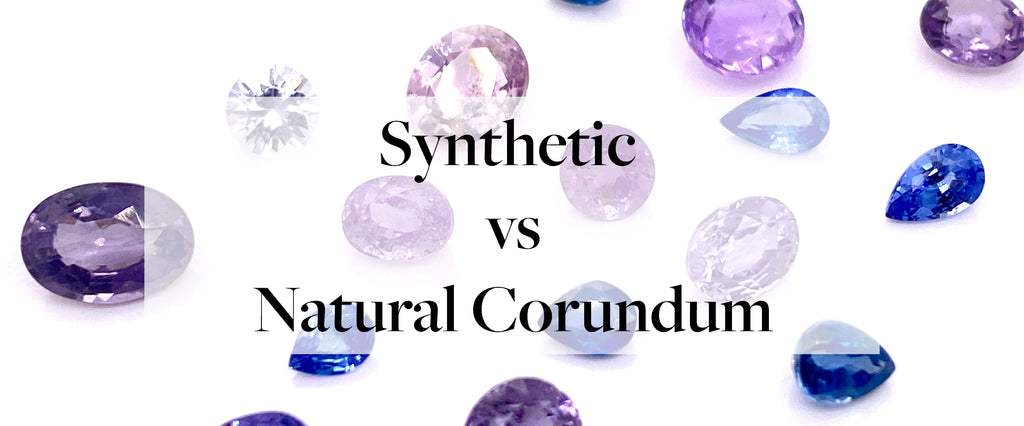At Holts Lapidary we are very often asked to identify a stone.
Sometimes it is a family heirloom that was given to their grandad by an important bureaucrat in a faraway country, and other times it is something bought on holidays.
A lot of the times the gem turns out to be synthetic or glass, but sometimes we get to see a truly beautiful natural gem.
The subject of gemstone simulant is vast and could not be comprised into a short paragraph, but we will try to outline some facts that might help distinguish between a natural and synthetic Corundum, aka sapphire and ruby. The synthetic corundum has the exact same chemical properties as its counterpart, therefore, it has the same refractive index and specific gravity.
1. Synthetic sapphires were first produced in 1873, therefore if the gem is old, it does not necessarily mean it is natural. In fact, in 1920s synthetic gems were often used for the colour as opposed to their origin, or value. The idea was for the gem, whatever it might be, to make a statement and look good.
2. Most common Synthetic Corundum is flame fusion, which produces a boule (as shown below), which can then be cut and faceted just like a natural crystal.

3. A most common feature of the flame fusion grown Sapphires or Rubies is curved colour zoning. That is a concentration of colour visible as curved lines under magnification. A natural counterpart will have either straight or angular zoning instead. This feature is the easiest way to distinguish between the synthetic and natural sapphire and at Holts, we love it when it is visible. Occasionally Synthetic Corundum can have angular zoning, but that is very rare. It is always important to find more than one inclusion to help us determine the nature of the material.
4. Common inclusions in synthetic Corundum are gas bubbles, angular veil-like feathers, and less often metallic inclusions.
5. In Natural Corundum we often see crystals, needles, ‘Silk’, and fingerprint inclusions.
6. Sometimes the cut of the stone can also be an indication. Natural crystal will usually be cut to maximum yield and might have a heavy pavilion, whereas synthetic stones will usually be cut perfectly to calibrated sizes.

7. Once we have established the stone is natural, the next question is whether it has been treated in any way. Here are some signs of heat treatment:
a. Crystals- are rounded, partly melted, with a halo
b. Needles- are broken up, not joining up properly, with a slightly melted look to them
c. Colour zoning – is fuzzy, softer looking

|
|


















